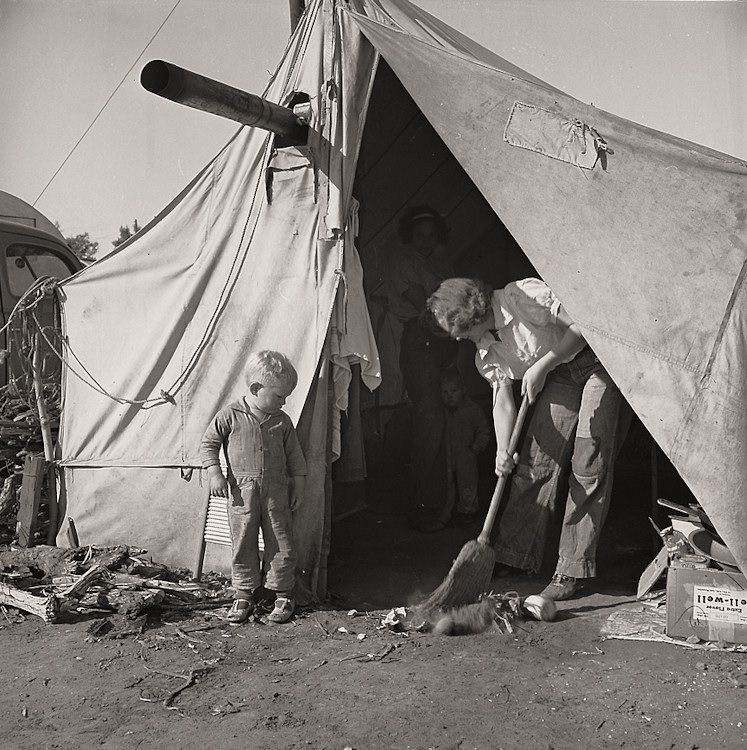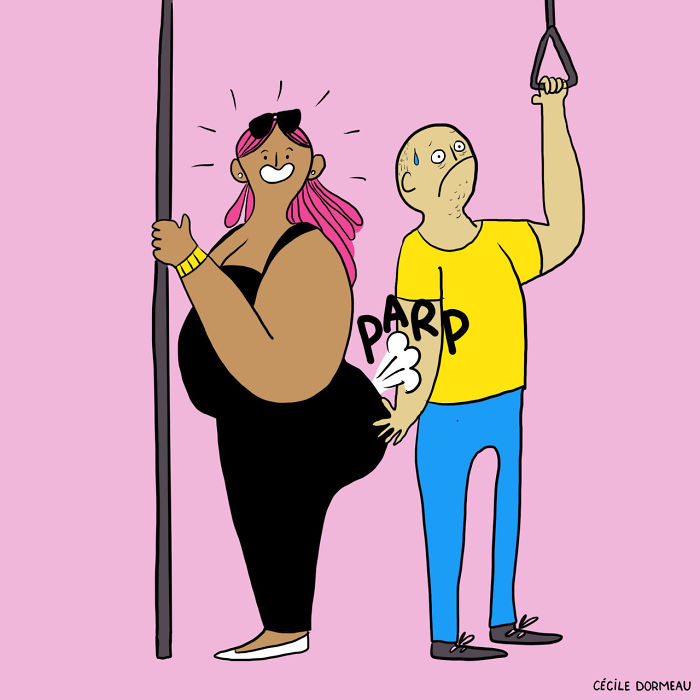Throughout the process of this coming year in photography, I am going to be looking at a variety of different style of photography that will be paramount for me to present my personal study in a creative and new narrative style that I have not attempted before. I have already looked at one of the threes styles, being archival imagery. I have achieved this through looking briefly at my own personal family archive and visiting the archive of Jersey and it’s history at the Societe Jersiaise museum. This was a really enjoyable experience and it has set me up for the year to come because I aim to use these new skills learnt to help me analyse the background context of photographs deeper and I will be able to explain my now photographs better because of this. The other two style of photography will interlink with archival works and the pieces I produce from each aspect will hopefully come together to complement each other in the end result.
I have set myself a personal target this year to explore lots of new techniques and photography styles. Last year I focused solely on what was set and I feel this limited my ability to explore and expand my creativity further outside of the boundaries and therefore my outcomes were often basic and they weren’t always what I wanted in order to differentiate myself from others because I didn’t know what to do in order to make myself unique. Furthermore, my maturity as an artist has develop and artists mind has also advancement, therefore, I feel as if I am eager to try lots of new things and challenge myself in terms of exploring outside my comfort zone to help me understand what I want to be as an artist, the style I feel most attached to and so on. I hope to discover a particular look to my work and I think that looking at new techniques will aid this; this is why my ability to be experimental in photoshoots for documentary, tableaux and archival purposes will be vital for my own success. I see this year as a time for trial and error in an effort to discover myself.
Documentary
Documentary photography usually refers to a popular form of photography used to record events or environments both significant and relevant to history and historical events as well as everyday life.
Documentary imagery drew on the idea of information as a creative education of life itself and it has been used by a range of photographers to show everyday life of ordinary people – which is what I will be attempting to achieve in the near future.
Documentary photography wished to, when first introduced, pave the way for social change as people often photographed controversial subjects very subtly to get the idea of documenting a particular event as if they shouldn’t be because the subject is seen to be a taboo such as alcoholism, much like Richard Billingham did in his series Ray’s A Laugh.


Tate says that Until the mid-twentieth century, documentary photography was a vital way of bearing witness to world events: from shoot-from-the-hip photographs of the Spanish Civil War by Robert Capa to the considered portraits of poor farmers by Dorothea Lange.

For me, documentary photography is a very powerful tool to use in order to get across a message creatively and artistically through the use a camera – a snap shot to allow us to compensate for the resistance that media has when serious topics such as mental illness or suicide are not addressed and are not put in the face of the public due to such topics being regarded as taboo. I am not saying I will be addressing such topics and issues but I believe that documentary is a perfect way to compensate for the lack of publicity it gets and artists such as Richard Billingham or journalists as early as 1880’s who documented the slums in Manhattan shows this in their work. Also, an artist, I am particularly fond of addresses less serious topics but in a humorous way – French illustrator, Cecile Dormeau tells the hidden story of women and the other side to women that society don’t regard as lady-like through her colourful and cartoon-esque illustrations and gifs. She shows women eating junk food in lounge-wear and shows curvy women in strappy tops through the characters she creates in each of her drawings. It is a form of documentary work because it is publicising something that wouldn’t get addressed in other media because it is typical to have a petite models in the public eye through brand advertising.


Tableaux
Tableaux photography is a type of art in which the subjects of image are staged. Tableaux is used to describe a painting or photograph in which characters are arranged for picturesque or dramatic effect and appear absorbed and completely unaware of the existence of the viewer.
‘Tableau’ derived from the French term ‘Tableau Vivant’ meaning ‘living picture’. The term is relevant to many art forms including painting, where it first stemmed from and it has since gone on to become popular in photography and sculpture for visual and aesthetic representations. In the theatrical context, the actors/models do not speak or move throughout the duration of the display they are presenting during a play or show etc.
When I think of tableaux photography, bearing in mind I have never performed it myself or photographed due to the prospect of being motivated to due to my lack of interest in it, I personally do intend to concentrate my time too much on it because I feel like it wont suit my artistic style. However, I am definitely up for experimenting with the historical technique which is still in use now, mainly for theatrical reasons however but I feel like I could enjoy this style once I have planned a shoot for it. This is because I enjoy photographing people and faces. I feel like I can definitely envisage what I want to achieve once I have the subjects inf front of me , and, from what I have learnt of tableaux photography so far, it looks like it needs a lot of patience in order to make the position being performed.
An example of tableau photography can be seen when looking at the worm of Ryan Schude. He photographs set up scenes as if they have just come from a movie and I love his work. I cam across him by chance and I was instantly attracted to the images due to the mayhem that is often occurring in each image and it is always at a particular location and the subjects are all performing something different to each other which is what makes it so interesting because there is always something to look at. I also love the colours that are present in the images andf they almost look vintage which is what I presume Schude has attempted to give the idea of original tableau vivants – the costumes of each character aids this effect and the mise-en-scene.


Tableaux photography, to me is different to documentary because it is not known as much to document serious issues and its aim is not to pave a pathway for social change. This is because of where it derives from, being theatrical purposes.


His artist statement explains his work in a sentence and is revolved around documentary combine with tableaux and how he can create a snap shot moment with his camera to get an insight in ordinary peoples lives.
“My work seeks to express the surreal and the unexpected found in ordinary everyday moments. I draw inspiration from cinema and the traditions of tableaux painting as well as from direct observations of life. I am interested in combining elements of documentary and the snapshot aesthetic.”
